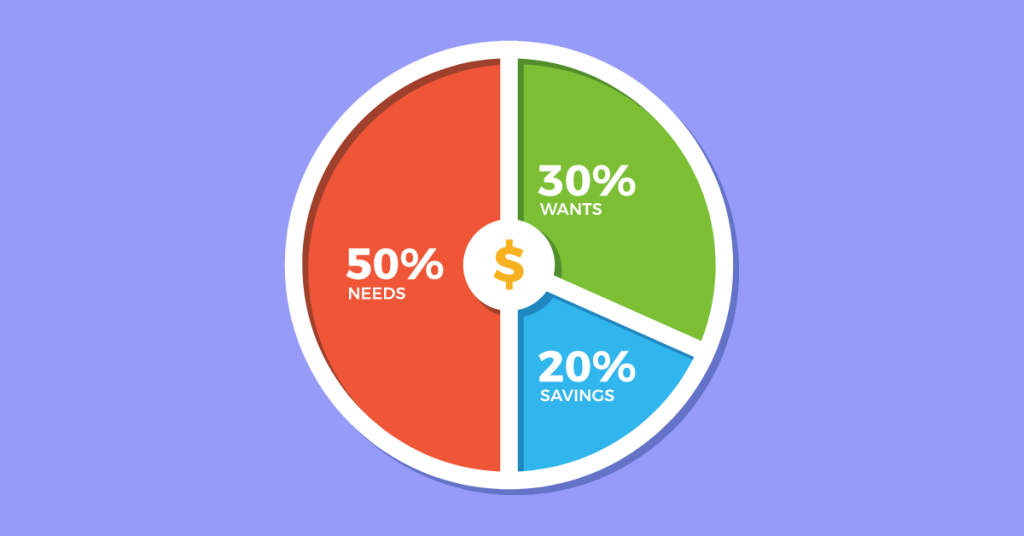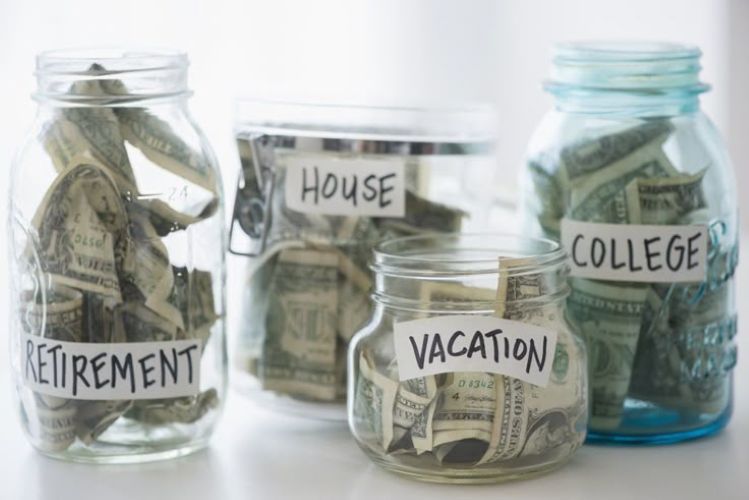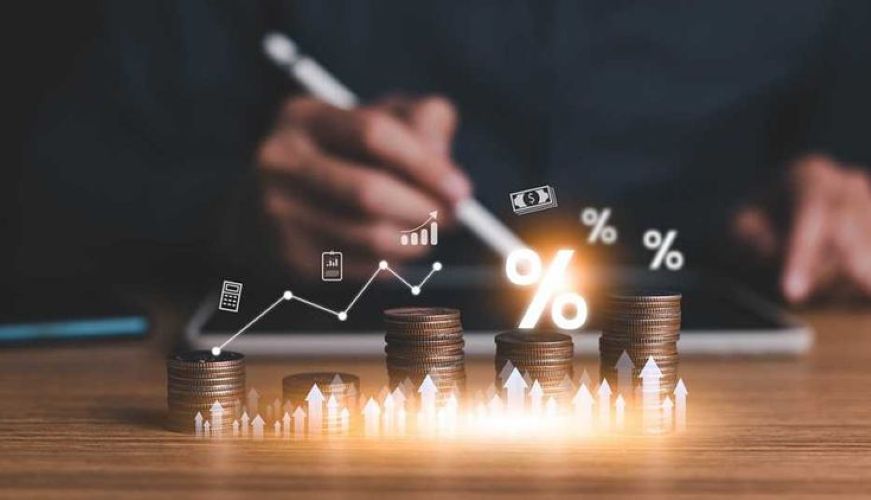
Table of Content
What Is Emotional Spending?
Emotional spending is when we buy things not because we truly need or budgeted for them — but because we’re trying to change how we feel.
Stress, boredom, anxiety, even celebration can all trigger impulse buys. The dopamine hit is real. So is the regret.
It might start with “I deserve this.”
It ends with “Why did I spend that?”
Why It’s a Hidden Threat to Your Financial Health
Emotional spending isn’t always dramatic.
It’s not the $1,000 TV — it’s the $12 lipstick, the $40 late-night food delivery, the $7 daily coffee.
Individually? No big deal.
Collectively? They wreck your budget, sabotage your goals, and slowly eat away your savings.
Worse, you often don’t notice until it’s too late.
6 Signs You’re Spending With Your Emotions

Still unsure if this applies to you? Watch out for these signs:
- You buy things when you’re feeling down, bored, or overwhelmed
- You feel a rush of excitement when buying, followed by guilt
- You often say “I’ll figure it out later” when checking out
- You avoid looking at your credit card or bank balance
- Your purchases don’t match your long-term goals
- You’re buying to impress others or escape stress
If you nodded along to even one, keep reading.
What Triggers Emotional Spending?
Let’s name the culprits. Here are the most common emotional triggers that drive overspending:
- Stress: After a long day, shopping can feel like relief
- FOMO: Seeing friends or influencers buying something sparks “why not me?”
- Boredom: Online shopping becomes entertainment
- Insecurity: Buying things to feel more confident or accepted
- Celebration: You get a win — and instantly reward yourself
None of these are “bad” emotions. But they shouldn’t control your wallet.
What Happens When There’s No Plan?

When your money follows your emotions instead of a plan, here’s what typically happens:
- You live paycheck to paycheck
- You feel in control one day — and broke the next
- You can’t build savings or pay down debt
- Investing or growing wealth seems impossible
- You feel shame or confusion around money
A lack of structure leads to chaos — even if you earn well.
How to Shift From Emotional to Strategic Spending
The solution isn’t to stop spending altogether — it’s to start spending with purpose. Here’s how:
- Create a Realistic Spending Plan
- Track Everything for 30 Days
- Delay Gratification
- Spot and Manage Your Triggers
- Automate the Good Stuff
- Let Yourself Have Fun — But Plan It
A Simple Budget That Works

If you’re not sure where to start, try the 50/30/20 rule:
- 50% for essentials (rent, bills, groceries)
- 30% for wants (shopping, dining, entertainment)
- 20% for savings and debt repayment
Adjust it as needed, but always make saving part of the plan — not an afterthought.
Final Thoughts: You Deserve More Than a Temporary Fix
Emotional spending isn’t a character flaw. It’s a coping mechanism — one that so many of us learn early, often unconsciously.
But once you notice it, you have a choice.
You can keep buying for the moment — or you can start spending for your future.
Because financial peace isn’t about deprivation.
It’s about clarity. Intentionality. And freedom.
So next time you reach for your card, ask yourself:
“Is this for now… or for who I want to become?”

















